Toxic seed piece syndrome reported in Michigan potato fields
Learn the symptoms of toxic seed piece syndrome, a physiological disorder to potato fields that has been reported recently in Michigan.
Toxic seed piece syndrome (TSPS) is a physiological disorder that has been reported in potato production areas around the world. Recently, TSPS has been reported in Michigan and Oregon, although it has been reported in other states in the past, including Maine.
The cause of TSPS is a result of the potato plant absorbing the watery breakdown of liquid from the seed piece. Extended periods of dry weather conditions followed by a heavy rain event and standing water can contribute to the breakdown of the seed piece, which then can be absorbed into the plant. The breakdown and rotting of the seed piece can be toxic to the plant, leading to increased TSPS potential. The seed piece causing TSPS is generally translucent with no smell associated with it, although secondary infection from bacterial soft rot can occur.
Early symptoms include interveinal chlorosis and interveinal discoloration or spots (Photo 1) that may be confused with Alternaira alternata, which is the pathogen causing brown leaf spot. Marginal and interveinal necrosis or bronzing may occur, along with rolling of the leaves (Photo 1).
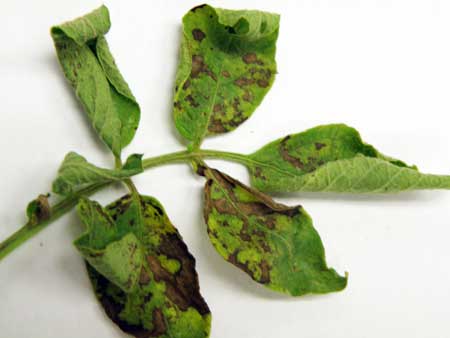
Photo 1. Curling of the leaves and interveinal chlorosis, necrosis
and bronzing (symptomatic expression).
Later symptoms can result in early senescence of the potato plant, similar to that of other wilt diseases (Photo 2). Later symptoms normally occur after periods of hot, dry conditions followed by wet conditions, followed by periods of hot, dry conditions as experienced in Michigan during the 2012 growing season. Plants showing these symptoms generally have a decaying or rotten seed piece attached to or around the root systems. Difficulties may occur in the diagnosis of TSPS as there are no known analyses for confirmation of the disorder.
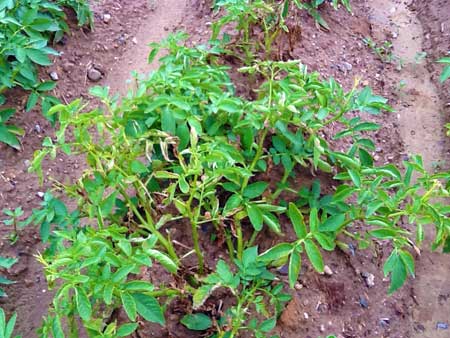
Photo 2. Early senescence of the potato plant, leading to major necrosis.
Vascular discoloration can be seen throughout the primary root and in the stem (Photo 3), which is similar and can be confused with the potato early die complex. Discoloration or browning can be seen on the root cap, where the seed piece was attached to the stem (Photo 3).
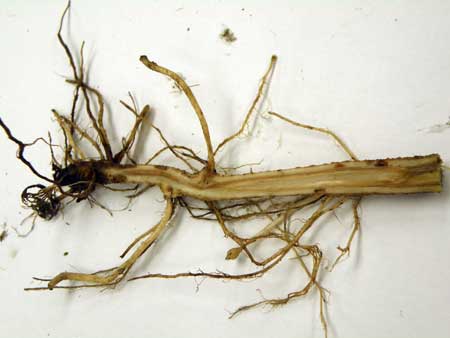
Photo 3. Vascular discoloration observed on the primary root
and stem. Discoloration or browning can be seen on the root cap,
where the seed piece was attached to the stem.
Symptoms are commonly first observed in the low areas of the field, where soils are heavier and saturated (Photo 4). Symptoms can rapidly develop in all areas of the field (Photo 5) under favorable environmental conditions, especially when irrigation has been frequent and intensive (i.e., 1 inch every three to four days).
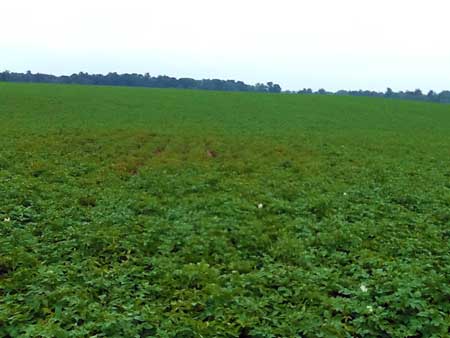
Photo 4. TSPS first observed in the low areas of the field, where
soils are wetter.
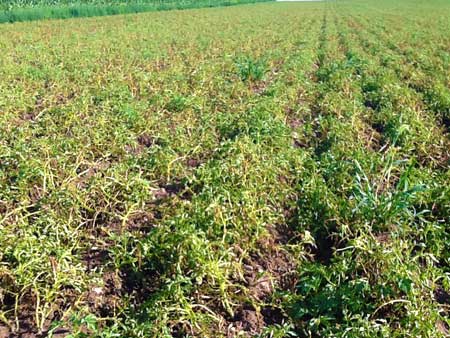
Photo 5. TSPS symptoms developing rapidly, causing plant senescence.
The exact process and pathway of TSPS is unknown, although in Michigan we have seen a distinct difference between “new” and “old” potato ground. Fields with a history of potatoes tend to show more symptomatic expression of the disease in the plant and foliage.
Additional information:
- MSU Extension’s Drought Resources
Dr. Kirk’s work is funded in part by MSU’s AgBioResearch.



 Print
Print Email
Email


